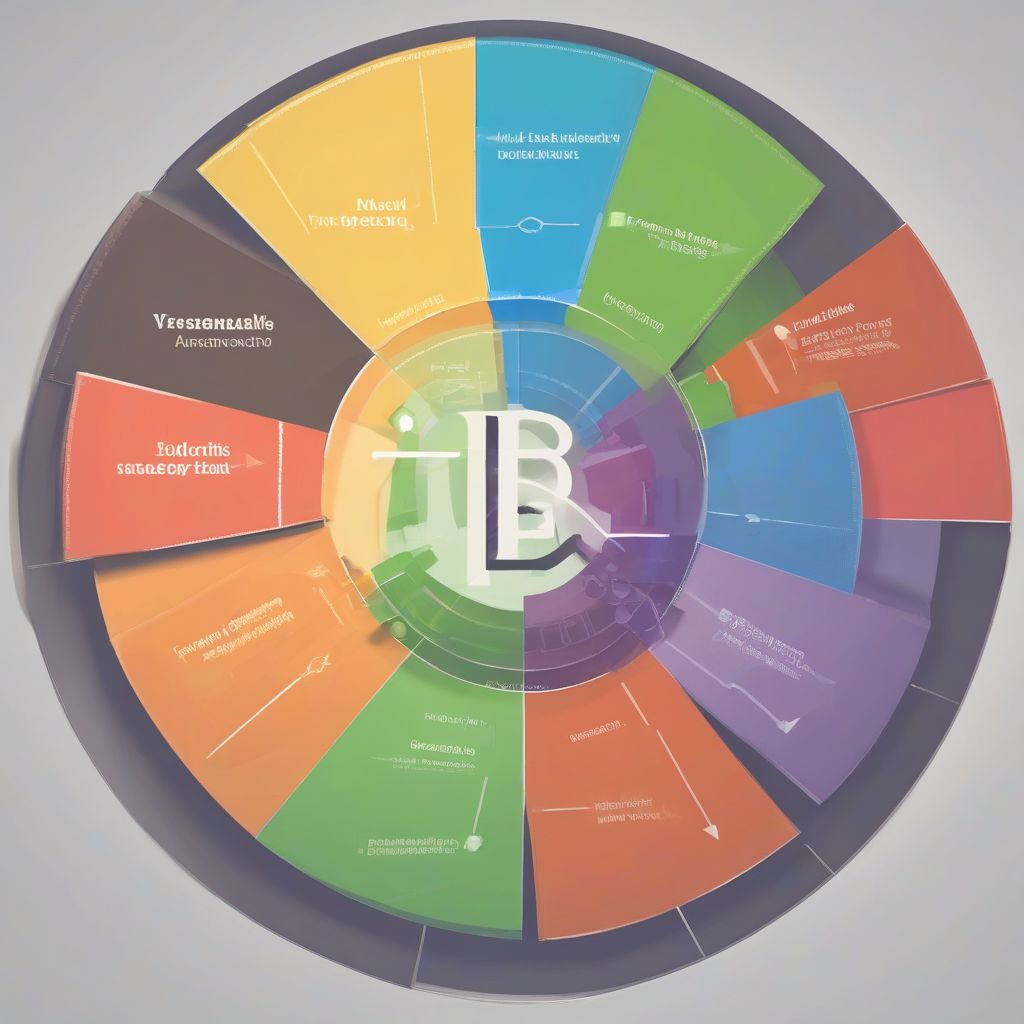Have you ever dreamt of financial freedom, of not having to worry about money? A key part of achieving that dream is understanding how to invest your money wisely. This journey often begins with grasping the basics of stocks, bonds, and mutual funds. This guide will break down these investment vehicles in a simple, easy-to-understand way, empowering you to take control of your financial future.
What are Stocks?
Stocks represent ownership in a company. When you buy a stock, you’re essentially buying a tiny piece of that company, making you a shareholder. As a shareholder, you’re entitled to a portion of the company’s profits, which can be paid out as dividends. The value of a stock can fluctuate based on the company’s performance, market conditions, and investor sentiment.
Why Invest in Stocks?
Stocks offer the potential for higher returns compared to other investments like bonds. This potential for growth makes them an attractive option for long-term investors aiming to build wealth over time. However, it’s important to remember that stocks also carry higher risk.
Understanding Stock Market Volatility
The stock market can be volatile, meaning prices can go up and down significantly. This volatility can be unsettling for new investors, but it’s crucial to remember that long-term investing is about riding out these fluctuations.
What are Bonds?
Bonds are essentially loans you make to a company or government. When you buy a bond, you’re lending them money for a specific period, and in return, they agree to pay you back the principal plus interest. Bonds are generally considered less risky than stocks, offering a more stable income stream.
Why Invest in Bonds?
Bonds provide a steady income stream and are generally considered less risky than stocks. They can help diversify your portfolio and provide a cushion against stock market volatility. However, the potential returns from bonds are typically lower than those of stocks.
Different Types of Bonds
There are various types of bonds, including government bonds, corporate bonds, and municipal bonds. Each type carries a different level of risk and potential return.
What are Mutual Funds?
Mutual funds pool money from multiple investors to invest in a diversified portfolio of stocks, bonds, or other assets. This diversification helps spread risk and can make investing more accessible for beginners.
Why Invest in Mutual Funds?
Mutual funds offer instant diversification, professional management, and are relatively easy to buy and sell. They are a good option for investors who don’t have the time or expertise to manage their own portfolios.
Different Types of Mutual Funds
There are numerous types of mutual funds, each with its own investment objectives and risk profile. Some focus on specific sectors like technology or healthcare, while others invest in a broad range of assets.
Building a Balanced Portfolio
A well-balanced portfolio typically includes a mix of stocks, bonds, and potentially other asset classes. The specific allocation depends on your individual risk tolerance, financial goals, and time horizon. A financial advisor can help you determine the right mix for your situation. “Diversification is key to mitigating risk,” says renowned financial advisor, Jane Doe, author of “Investing for Beginners.”
Understanding Risk Tolerance
Before investing, it’s crucial to understand your own risk tolerance. This refers to your comfort level with the possibility of losing money. Generally, younger investors with a longer time horizon can afford to take on more risk than older investors nearing retirement.
Long-Term Investing vs. Short-Term Trading
Long-term investing involves holding investments for several years, while short-term trading focuses on buying and selling assets quickly to capitalize on short-term price movements. Long-term investing is generally considered a more sound strategy for building wealth.
Getting Started with Investing
Getting started with investing can seem daunting, but there are many resources available to help. Online platforms, financial advisors, and educational materials can provide valuable guidance. Check out our article on the best beginner-friendly investment platforms for more information: Beginner-Friendly Investment Platforms
 Understanding Stocks, Bonds, and Mutual Funds
Understanding Stocks, Bonds, and Mutual Funds
Conclusion
Understanding the basics of stocks, bonds, and mutual funds is essential for anyone seeking to build wealth and achieve financial freedom. By diversifying your investments and taking a long-term approach, you can navigate the complexities of the financial markets and work towards your financial goals. Remember, investing involves risk, but with careful planning and informed decisions, you can increase your chances of success. We encourage you to share your thoughts and experiences in the comments below and share this article with anyone who might benefit from learning more about investing.



